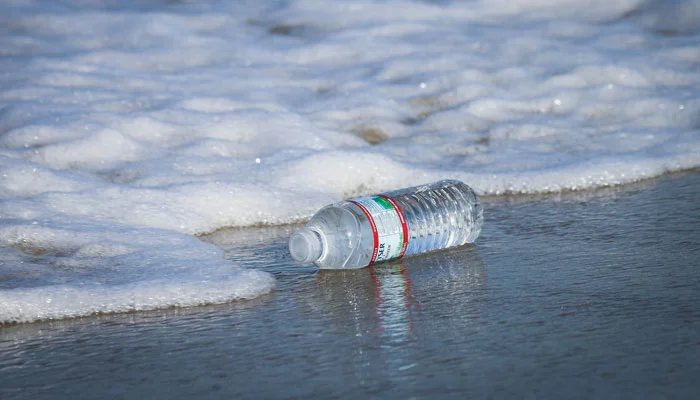According to a recent study, bottled water contains an incredibly high concentration of nanoplastics—more than 100,000 particles per liter.
Columbia University researchers conducted a ground-breaking study to find out if bottled water contained nanoplastics, which are tiny plastic particles smaller than one millimeter. The study’s results, which were published in the Proceedings of the National Academy of Sciences, shocked preconceived notions by exposing the startling density of these microscopic plastic particles and suggesting possible health hazards that were previously underappreciated as a result of plastic pollution.
Because of their small size, nanoplastics are extremely dangerous to human health because they can injure organs, infiltrate the circulation, and penetrate cells.
The discovery’s seriousness was underscored by lead author Ms. Naixin Qian, who also highlighted the possible health hazards connected to drinking bottled water tainted with these particles.
Using cutting-edge microscopy methods and an algorithm based on data, the researchers examined samples from 25 one-liter bottles that came from well-known American brands. Remarkably, their investigation revealed a high count of more than 100,000 nanoplastic particles per liter, which is a notable rise above earlier estimates.
Common plastic kinds like polyamide and polyethylene terephthalate (PET) were among the detected particles. But the study also found a large number of unknown nanoparticles in the water, raising the possibility that plastic contamination of bottled water occurs more frequently than previously thought.
With over 450 million tonnes of plastic produced annually, this revelation has worldwide ramifications. Over time, plastic pollution breaks down into smaller, potentially dangerous particles, but it still exists.







